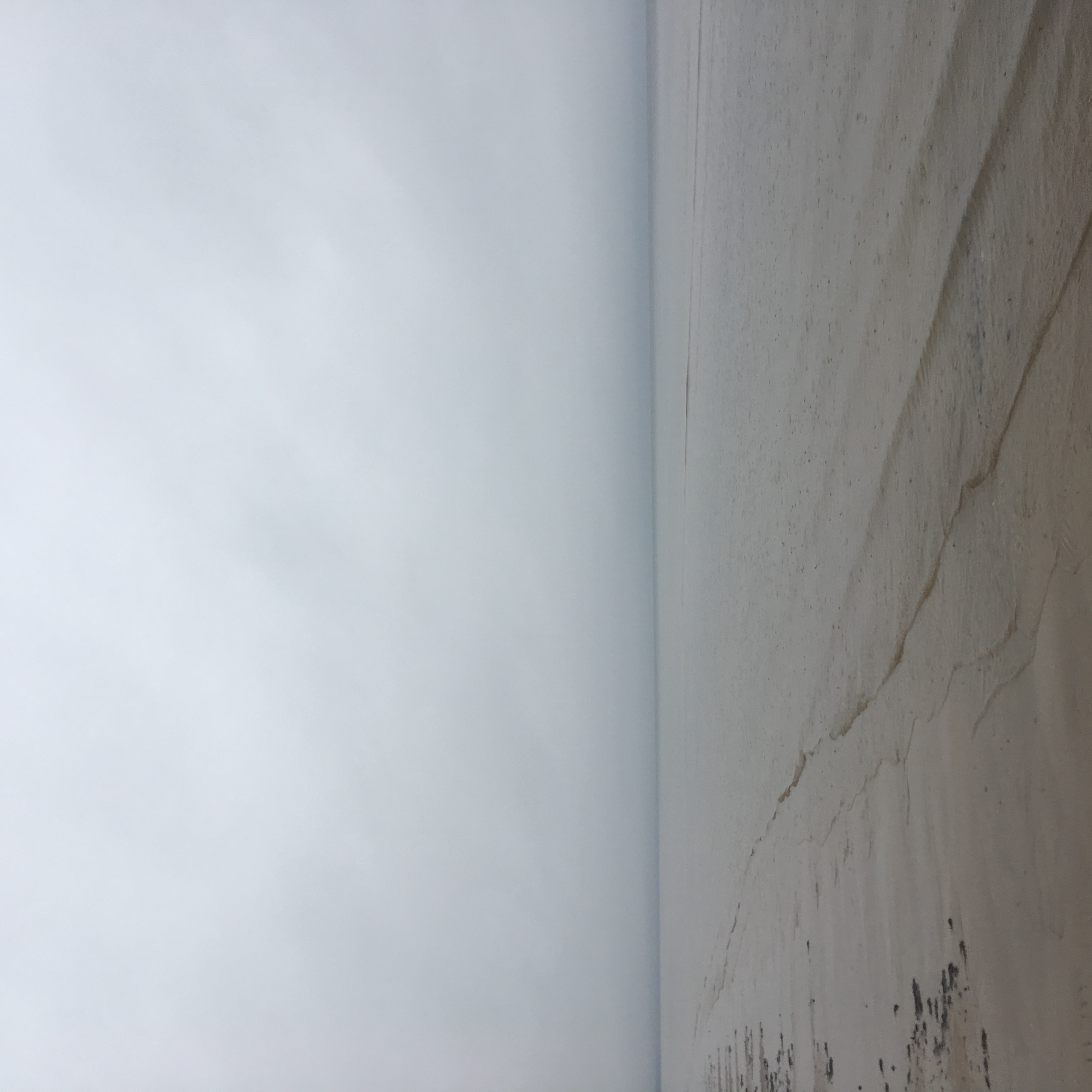Gulf Of Riga on:
[Wikipedia]
[Google]
[Amazon]
The Gulf of Riga, Bay of Riga, or Gulf of Livonia (, , ) is a bay of the
 The
The
The Gulf of Riga
(Estonica) {{DEFAULTSORT:Gulf Of Riga Geography of Europe Landforms of Pärnu County Landforms of Saare County Estonia–Latvia border
Baltic Sea
The Baltic Sea is an arm of the Atlantic Ocean that is enclosed by the countries of Denmark, Estonia, Finland, Germany, Latvia, Lithuania, Poland, Russia, Sweden, and the North European Plain, North and Central European Plain regions. It is the ...
between Latvia
Latvia, officially the Republic of Latvia, is a country in the Baltic region of Northern Europe. It is one of the three Baltic states, along with Estonia to the north and Lithuania to the south. It borders Russia to the east and Belarus to t ...
and Estonia
Estonia, officially the Republic of Estonia, is a country in Northern Europe. It is bordered to the north by the Gulf of Finland across from Finland, to the west by the Baltic Sea across from Sweden, to the south by Latvia, and to the east by Ru ...
.
The island of Saaremaa (Estonia) partially separates it from the rest of the Baltic Sea. The main connection between the gulf and the Baltic Sea is the Irbe Strait.
The Gulf of Riga, as a sub-basin of the Baltic, also includes the Väinameri Sea in the West Estonian archipelago.
Geography
Extent
 The
The International Hydrographic Organization
The International Hydrographic Organization (IHO) (French: ''Organisation Hydrographique Internationale'') is an intergovernmental organization representing hydrography. the IHO comprised 102 member states.
A principal aim of the IHO is to ...
defines the Gulf of Riga's western limit as "A line running from Lyser Ort (57°34'N), in Latvia, to the South extreme of Saaremaa, through this island to Pammana (22°34'E), thence to Emmaste Point, the S extreme of Hiiumaa, through Hiiumaa to Tahkuna Point, the North extreme thereof, and on to Spithamn Point in Estonia".
Islands
Major islands in the gulf include Saaremaa,Kihnu
Kihnu is an island in the Baltic Sea. With an area of , it is the largest island in the Gulf of Riga and the seventh largest island of Estonia. With a length of and width of , the island's highest point is above sea level.
Kihnu belongs to P ...
, and Ruhnu
Ruhnu (; ; ) is an Estonian island in the Gulf of Riga in the Baltic Sea. Its territory of is administratively part of Saare County, Saare ''maakond'' (county). Ruhnu lies geographically closer to the coast of Courland on the mainland of Latvia ...
, which are all in Estonian territory. Kihnu covers an area of . Saaremaa island is responsible for the brackish water of the Gulf of Riga, as it is partially "shielded" from the Baltic Sea. The Baltic itself is already less salty than the global oceanic average, but this effect has a north–south and east–west gradient.
Cities
Notable cities around the gulf includeRiga
Riga ( ) is the capital, Primate city, primate, and List of cities and towns in Latvia, largest city of Latvia. Home to 591,882 inhabitants (as of 2025), the city accounts for a third of Latvia's total population. The population of Riga Planni ...
and Jūrmala in Latvia, and Pärnu and Kuressaare in Estonia. The main rivers flowing into the gulf are Daugava, Pärnu, Lielupe, Gauja, and Salaca.
Salinity
The freshwater runoff entering the Baltic sea accounts for two percent of its volume. A narrow connection to the North Sea means that water stays in the Baltic for an average of 30 years. These two characteristics work to make the Baltic Sea one of the largest brackish bodies of water in the world. The Gulf of Riga has an average salt concentration for the Baltic Sea, which is around six to ten parts per thousand. Freshwater has a concentration of 0.5 parts per thousand, and seawater is about 30 parts per thousand.C.Michael Hogan. 2011. ''Gulf of Riga''. Encyclopedia of Earth. Eds. P.Saundry & C.J.Cleveland. National Council for Science and the Environment. Washington DC.Winter
In winter, most or all of the Bay occasionally freezes. This is due to low salinity and the calming effect of the partial closure of the entrance of the gulf. During the winter, many people walk over the bay. The thickest recorded ice was thick in the winter of 1941–42. Ice hole fishing has been a traditional source of winter food, and remains a common activity. The ice usually melts between March and April. In late March 2013, when the ice started to melt, 200 people had to be rescued from ice floes.See also
* Battle of the Gulf of Riga * Pärnu BayReferences
External links
The Gulf of Riga
(Estonica) {{DEFAULTSORT:Gulf Of Riga Geography of Europe Landforms of Pärnu County Landforms of Saare County Estonia–Latvia border